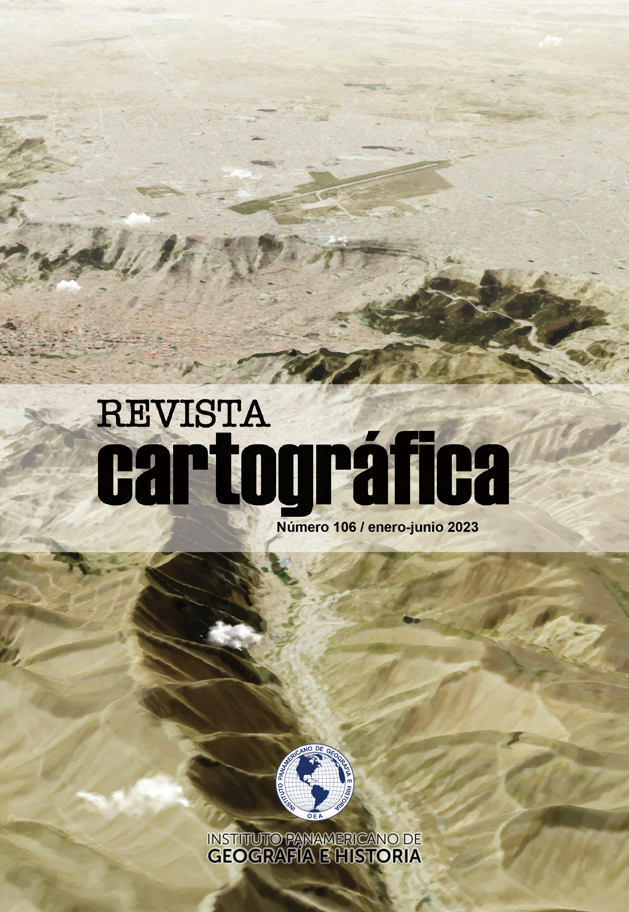The new corridors in height in Mexico-City. Analysis of its process, application and visualization in a Geographic Information System
Main Article Content
Abstract
The study of urban spatial dynamics generates an approach of great importance in scientific research, whose purpose is to determine the evolution of models and patterns of spatial distribution in the revaluation of land uses. The spatial arrangement of longitudinal axes or corridors in height with functions of centrality in Mexico City has been shaped through the transit of the monocentric urban structure of the metropolis in the mid-20th century, transited between 1950 and 1980 through a stage of multiple hierarchical centralities, towards that of a complex web of tertiary and residential urban corridors of high economic cost that organize it today. The work aims to historically develop the socio-territorial configuration of Mexico City that is currently moving towards multi-nuclear forms of organization, structuring and functions of centrality, framed by the current high-rise real estate boom; To visualize the territorial configuration, georeferenced databases are built from official statistical information and their subsequent link to a Geography Information System as a tool for the management and creation of cartographic products for spatial analysis and cartographic overlay. In this sense, the statistical and cartographic results allow us to evaluate that the magnitude and scope of the changes in mixed land uses, focused on determining the spatial distribution of the new nodes and corridors in height, advance mainly towards the western area of the city, largely complementing the centrality of traditional urban corridors.
Downloads
Article Details

This work is licensed under a Creative Commons Attribution-NonCommercial-ShareAlike 4.0 International License.
By submitting the originals, the author accepts the rules of distribution, reproduction and copyright established by the journal.
The author who publishes in Revista Cartográfica agrees with the following terms:
- It preserves the copyright, and grants the journal the right of publication (reproduction, edition, distribution, public communication and exhibition).
- Revista Cartográfica is licensed under the terms of Creative Commons Reconocimiento-NoComercial-SinObraDerivada 4.0 Internacional.
- The author is encouraged to reproduce and host their works published in the Revista Cartográfica in institutional repositories, web pages, etc. in order to contribute to the dissemination and transfer of knowledge.
- The journal adheres to the international standards and codes of the Committee on Publication Ethics (Code of Conduct and Best Practices Guidelines for Journals Editors, COPE).

